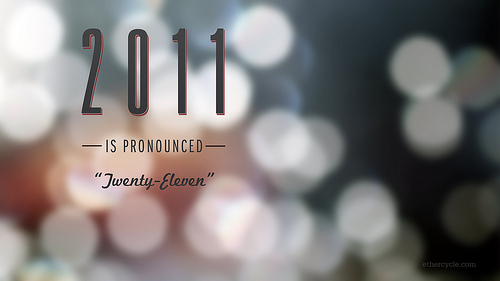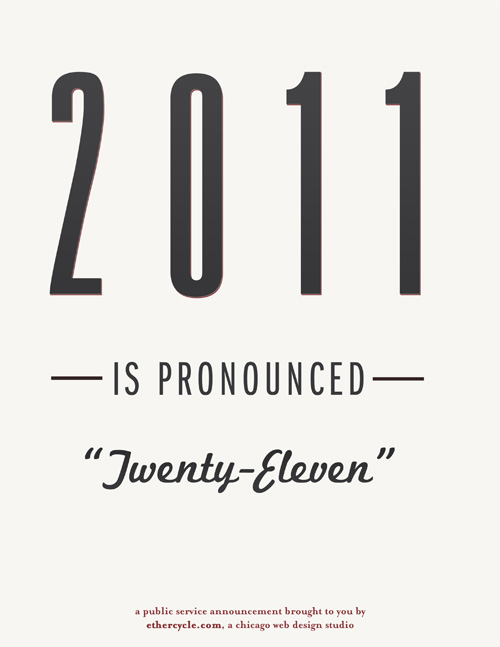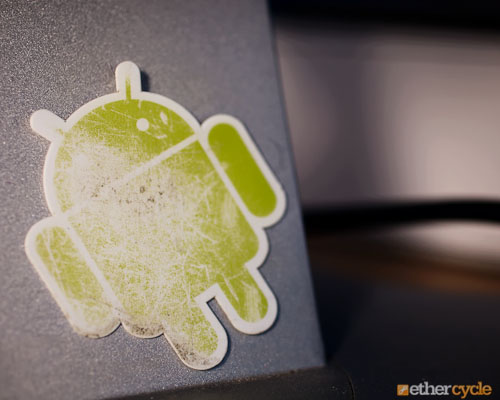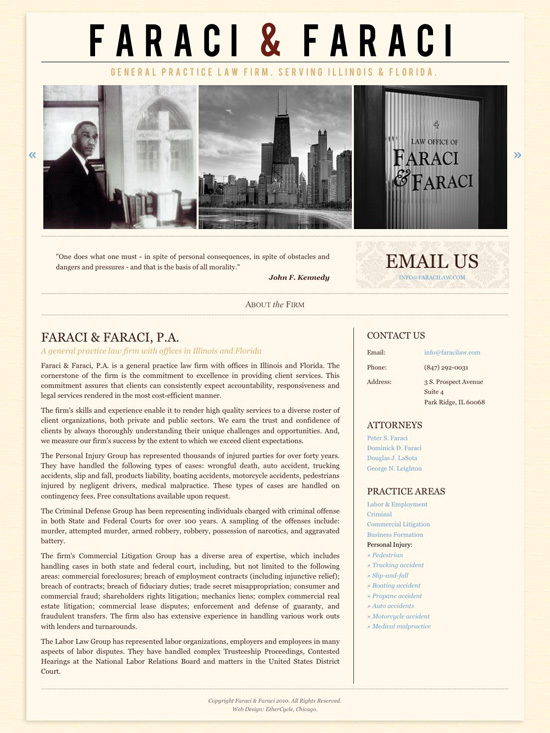

Let us show you proven strategies to optimize your Shopify business:
E-Com Advice from our experienced in-house team






Mobile e-commerce will explode to astronomical heights in the next 2-5 years. 2011 will be a pivotal year for it. Old are days of simply building an iphone app and dropping it in the app store. Companies need a complete mobile strategy, especially those looking to peddle their wares via mobile devices. A multichannel approach can be achieved using HTML 5 due to it's ability to function on most browsers (if not all by 2011) and the major smartphones (iphone, android, blackberry) can run mobile enhanced html 5 sites as well. Nieman Marcus recently announced that by the end of 2010 ALL of their products will be available via a smartphone. And with the help of FB, online ads and mobile ecommerce...that multi-channel strategy makes up for 18% of all their sales. Yeah, 18%! (source)Kari Scott, partner at Mad Dancer, expanded on the theme:
Companies will begin building mobile enhanced websites via HTML 5 because it's a more flexible, cost effective solution to building an app for each smartphone. Especially if you're shooting for mobile e-commerce. A complete mobile strategy will be the target of most big business in 2011 and the most cost effective, cool looking, great UI experience comes from HTML 5. Hands down.
Mobile devices will continue to direct the trends in web design throughout 2011. The Tablet/Handheld revolution greatly changed things in 2010 and there is an obvious parallel seen in the direction that websites are taking in both their design and their development. The first evidence is seen in the decline of flash use throughout most sites now, with JavaScript offering smaller file sizes resulting in faster page loads and more stable environments on tablets and handhelds.Conclusion: Flash is dead, HTML5 rocks our socks, and UX is king.
Design has also started to focus more on functionality and ease of use, as opposed to the bells and whistles and superfluous animation that flash once promised. In 2011, design will continue to focus on simplicity, but with perhaps a greater focus on integrating smart and subtle design into the page. Visitors want their info quickly and simply, however, clients don't want to sacrifice the "environment" that their brand can support.
This year, many large entertainment sites focused heavily on functionality with little regard to aesthetics, but I believe 2011 will bring a better combination of form and functionality. "Simplicity" does not mean boring! 2011 will bring about a wider range of experiences in browsing where design actually supports the content.



